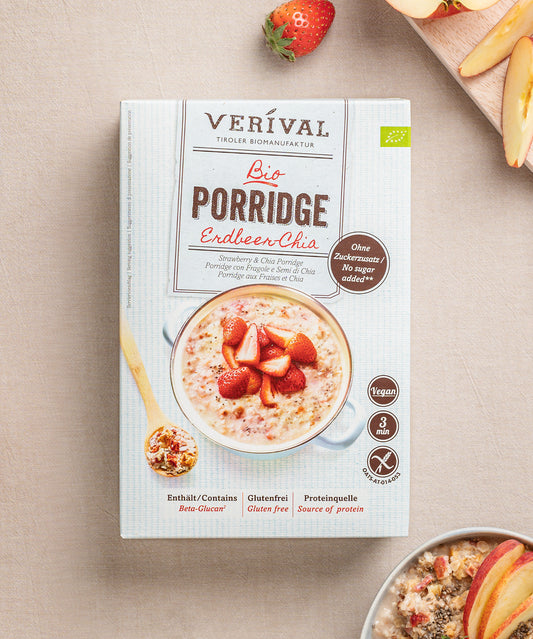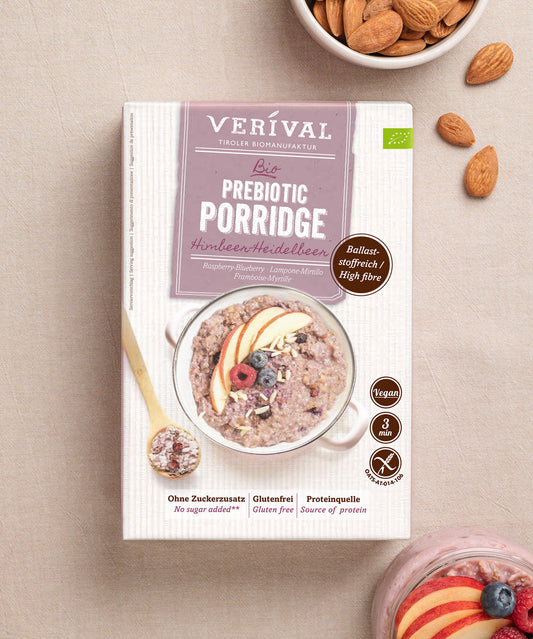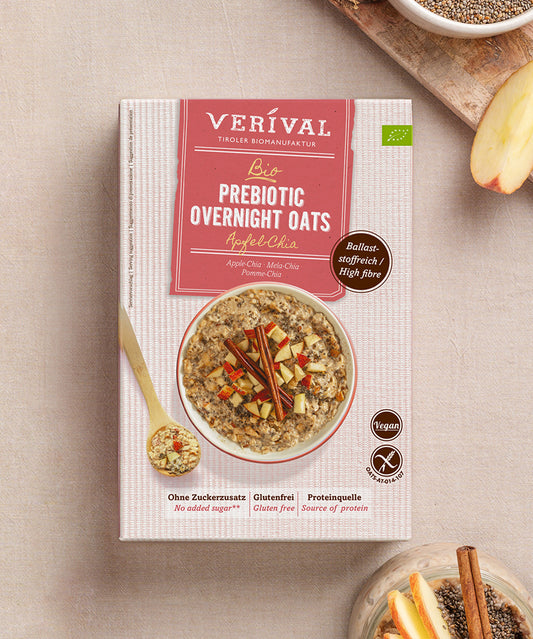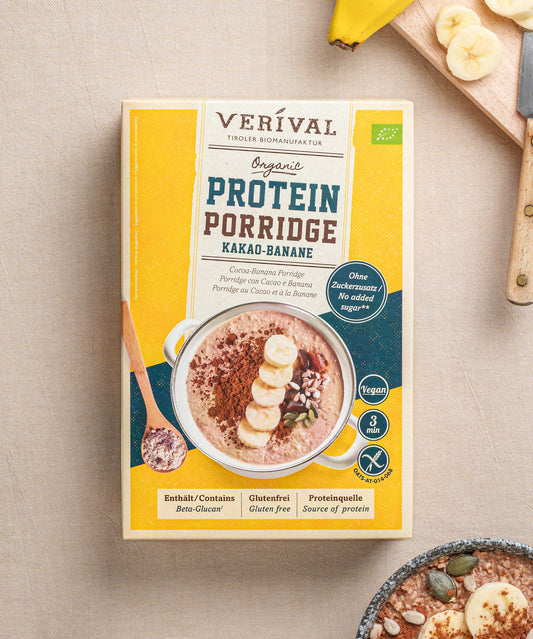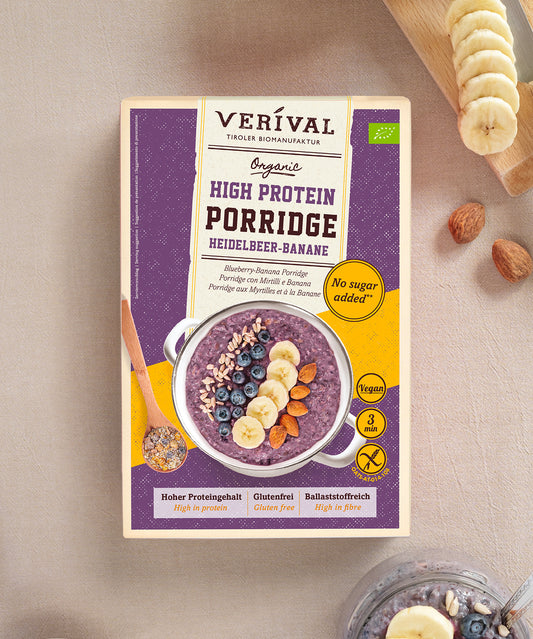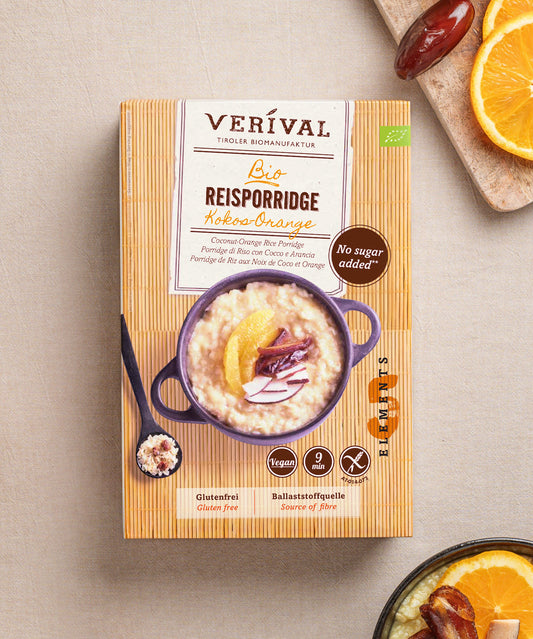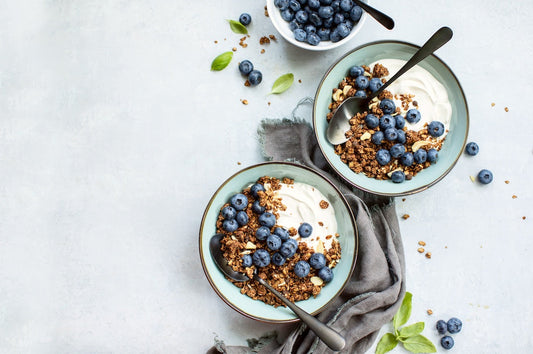The 16:8 interval fasting method, also known as intermittent fasting, is said to be a healthy way to lose weight. Interval fasting means eating only at certain times.
The crucial and important difference between interval fasting and other fasting cures or crash diets is that your metabolism is not slowed down but stimulated and your muscle mass is not lost. Our body copes very well with clearly defined fasting periods that are not too long.
The numbers for interval fasting 16:8 show which ones. You can eat for 8 hours a day, and fast for the remaining 16 hours. This creates the desired long break from eating. Interval fasting therefore gives the body plenty of time to burn fat.
In this article, we will show you exactly how interval fasting with the 16:8 method works, what advantages it offers and who can benefit from intermittent fasting.
Interval fasting – discover all the methods
How does interval fasting with the 16:8 method work?
The 16:8 method is a form of intermittent fasting that is likely to be much easier for you than fasting for days on end. With this method, you only fast for a few hours a day.
The daily schedule looks like this
You fast for 16 hours a day – that means you don't eat any solid food during this time, while you can eat during the remaining 8 hours. You complete the 16 or 8 hours in one go.
There are no rules beyond the time restrictions. You can even choose when during the day your 8-hour eating interval begins with the first meal.
It is just as conceivable to have an early dinner or replace it with a snack as it is to postpone breakfast or skip it altogether.
Here is an example of a fasting day without breakfast:
- 11 a.m. lunch
- 3 p.m. afternoon snack
- 7 p.m. dinner
Here is a possible fasting day without dinner, but with an afternoon snack:
- 8 a.m. breakfast
- 12 p.m. lunch
- 4 p.m. afternoon snack
What can I eat with the 16:8 method?
One of the biggest advantages of the 16:8 method is that, in theory, you don't have to pay attention to what you eat – you can eat normally. This means that it is not a dietary change with a strict eating plan – it is simply a change in the time you eat.
Of course, it still makes sense and is best if you prepare balanced and healthy meals – especially if you are aiming to lose weight.
You can opt for a plant-based diet and eat a varied diet. The rule of thumb ‘eat the rainbow’ will help you get enough of everything your body needs – be it vitamins, minerals or antioxidants.
With fruits, berries, legumes, whole grain products, nuts, seeds and enough fluids, you are well provided for.
Fibre-rich foods such as oats and oat flakes, which you find in porridge and muesli, keep you full for a long time and prevent cravings during fasting.
When it comes to drinks, make sure you avoid sugary drinks. You should opt for calorie-free drinks such as unsweetened tea or water. Black coffee is also allowed in moderation.
Discover the VERIVAL breakfast range
Benefits – What are the benefits of intermittent fasting using the 16:8 method?
.
A study by the German Cancer Research Center shows that intermittent fasting can effectively reduce weight. 2
Further studies have shown that the 16:8 method can also have a positive effect on the fat-to-muscle ratio, reduce the risk of cardiovascular disease and have a positive influence on the metabolism. 3
Losing weight effectively – what happens in the body after 12 hours of intermittent fasting
Intermittent fasting has one outstanding feature: dividing the day into hours of eating and hours of fasting.
The advantage: we sleep a good part of the fasting period anyway, which prevents hunger pangs.
In addition, after 12 hours without food, your body switches to fasting mode: your fat metabolism is properly boosted and you burn fat. So if you keep the longer eating break and eat healthy during the eating phase, you will lose a few pounds. In the longer fasting phase, autophagy is boosted in your body. Autophagy is the body's own recycling process that is very good for the organism. You can lose weight healthily with this method.
What are the possible risks and disadvantages of the 16:8 fasting method?
Despite the many advantages of the 16:8 fasting method, there are also disadvantages that we do not want to leave unmentioned.
For example, the lack of recommendations for foods can lead to the impression that it is okay to do without a healthy diet.
For some, the preceding fasting interval could even be a reason to reach for more sugary and fatty foods – as a reward. But a balanced diet is, of course, an important basis for using the 16:8 interval fasting method.
Furthermore, it may happen that due to the small time frame in which eating is allowed, too little is eaten – in other words, the calorie intake is too low. Make sure that your body gets enough energy in the form of healthy food despite the fasting and that your calorie needs are covered.
If you want to lose weight, your calorie intake should only be moderately reduced. Otherwise, fasting is no more sustainable than crash diets and can lead to the yo-yo effect. A BMI calculator, for example, can tell you whether weight loss is a good idea for you.
Who is the 16:8 intermittent fasting method suitable for?
If you eat a mostly balanced and healthy diet during the eating interval, there is not much to consider other than keeping to the shorter eating phase and the longer fasting phase.
That's why the method is well suited for anyone who:
- wants to lose weight with healthy food – i.e. reduce fat reserves or
- maintain weight
- is reluctant to count calories
- can't or don't want to follow overly strict dietary rules
- don't need any more recommendations for a healthy diet
Another advantage is that intermittent fasting goes with all diets, so it's also suitable for vegans, vegetarians and people with allergies.
How long should you fast for 16:8?
Since the 16:8 method does not involve refraining from eating altogether, it is suitable for long periods of time if carried out correctly. It is therefore not necessarily limited in time.
Always make sure to provide your body with everything it needs during the eating period. Try intermittent fasting for a shorter period of time at the beginning, for example 12 weeks.
An example day of the 16:8 interval fasting method with healthy recipes
To help you get through the day in a tasty and healthy way, we at VERIVAL have put together three delicious recipes for you – so you will succeed in fasting for 16 hours. We wish you bon appétit and successful fasting!
Basic oat porridge recipe
Oat porridge is an absolute breakfast classic. Its valuable dietary fibres keep you full for a long time and it also tastes really good.
There are no limits to your imagination when preparing it. You can add all your favourite ingredients to our basic recipe.
Bircher porridge cookies
You don't have to be the Cookie Monster to know that biscuits are the perfect snack for on the go and in between meals.
With our recipe, they are not only delicious, but also healthy.
Topped Green Protein Waffles with Cottage Cheese
Our topped waffles are a hearty source of protein and are always a good choice.
If you like, you can vary the toppings and try out different herbs or vegetables, for example.
As you can see, intermittent fasting using the 16:8 method promises many benefits for your health and can also be integrated into your daily routine without too much sacrifice. Perhaps you would like to give it a try. If so, we at VERIVAL will be happy to support you with our delicious and healthy oat creations. Also take a look at all the other interval fasting methods.
Buy healthy breakfast from VERIVAL
- de Cabo R, Mattson MP. Effects of Intermittent Fasting on Health, Aging, and Disease. Longo DL, ed. N Engl J Med . Published online December 26, 2019:2541-2551. doi: 10.1056/nejmra1905136
- Schübel R, Nattenmüller J, Sookthai D, et al. Effects of intermittent and continuous calorie restriction on body weight and metabolism over 50 wk: a randomized controlled trial. The American Journal of Clinical Nutrition . Published online November 1, 2018:933-945. doi: 10.1093/ajcn/nqy196
- Stekovic S, Hofer SJ, Tripolt N, et al. Alternate Day Fasting Improves Physiological and Molecular Markers of Aging in Healthy, Non-obese Humans. Cell Metabolism . Published online September 2019:462-476.e6. doi: 10.1016/j.cmet.2019.07.016


